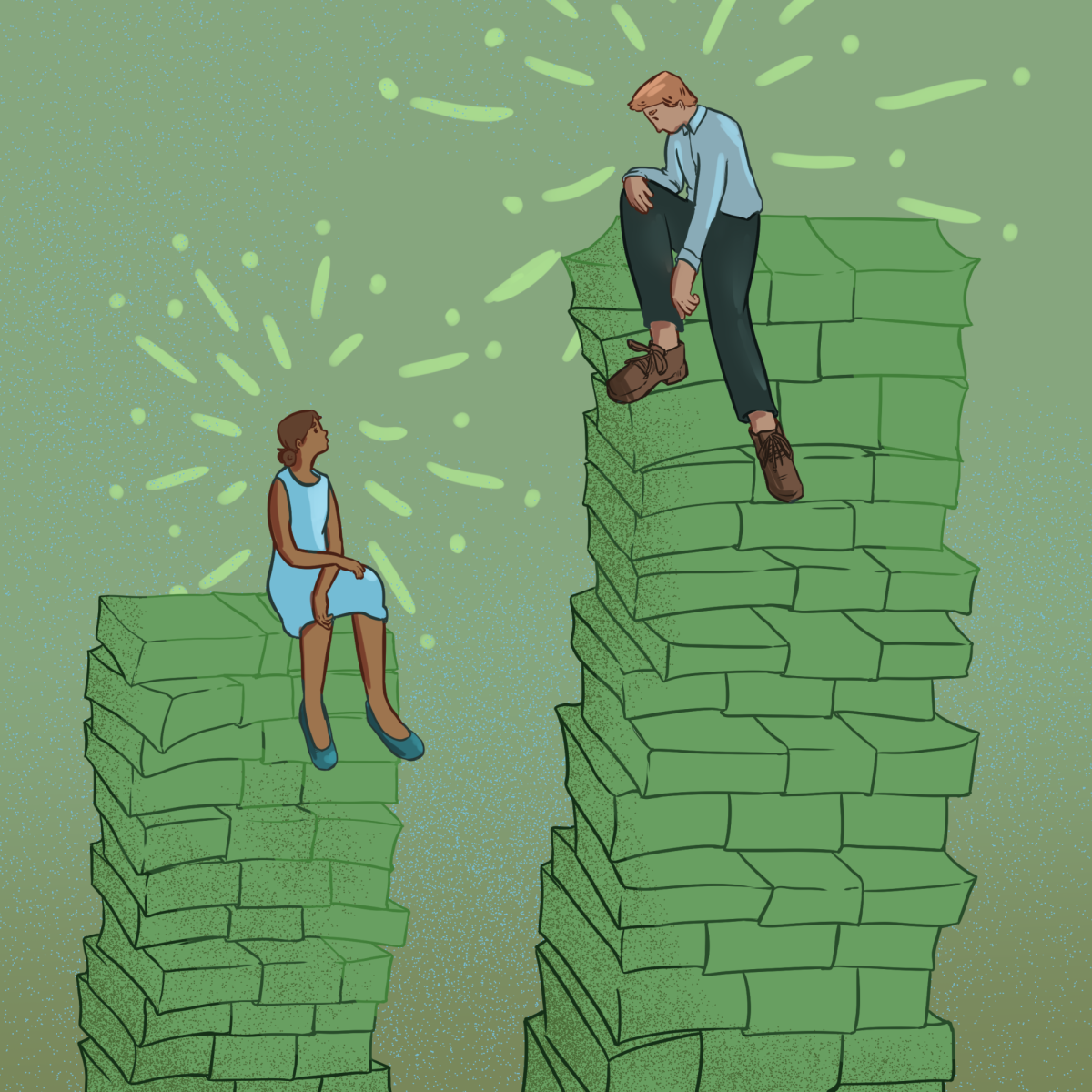Women in Central Texas experience double the national wage gap, earning 40% less than men, according to an Austin Community Foundation report.
This gender wage gap affects housing, education and economic security, and partly resulted from racial injustice and COVID-19, according to the report developed by collaboration between The Women’s Fund in the foundation and the University of Texas at Austin’s CONNECT program.
As the wage gap grows, the struggle affording a home also grows, said Misty Whited, vice president of marketing and communications for the Austin Community Foundation. In the report authored by Abigail Grider-Reiff, a global policy studies graduate student at the University, the foundation describes affordable housing as the anchor of economic security.
The livable housing income for two adults and two children in Travis County amounts to $75,000, yet many women in Central Texas reported falling short of earning that income — half of white women, 72% of Latina women and 77% of Black women, according to the report.
“It’s important that the entire community is aware of these needs because if you live in Central Texas, either you’re part of this data because you breathe in and live it every day, or you’re not as aware of it,” Whited said. “Now by knowing more, you can actually take action by supporting more women’s funded organizations.”
According to the report, addressing the racial wealth divide for women of color plays a crucial role in closing the opportunity gap.
A disproportionate amount of women of color carry college debt without ever earning a degree, leaving them with lower earning opportunities. The amount of families with children considered kindergarten-ready nearly doubled from low-income to high-income families, and children from high-income areas are 11% more likely to graduate high school.
However, through every personal advancement in education, women still earn less than similarly educated men, according to the report. This leaves one in three women below 200% of the Federal Poverty Line, yet three in four women hold full-time employment and 46% of women hold a bachelor’s degree or higher.
The foundation previously partnered with the University in 2017 for another report, which focused on Central Texas women’s issues in six areas: basic needs, economic security, education, health, safety and leadership. One section of the report analyzed women’s completion of higher education and compared the wage gap between men and women despite being in similar workforce sectors. Whited said COVID-19 caused some women to leave the workforce — some with no return — and she noticed a decrease in childcare accessibility.
According to the report, the pandemic increased women’s responsibility for children and elders, which boosted women’s stress and depression levels. Women in the workforce with children under six decreased by 7% through the pandemic.
“It’s been really important for us to support women and mothers and children because they are a crucial part of our community,” Whited said. “We’ve seen when we invest in women, our entire community thrives.”
Editor’s note: A previous version of this story incorrectly summarized the focus of the 2017 report by the University and the Women’s Fund. The story has been updated to correctly summarize the report. The Texan regrets this error.













